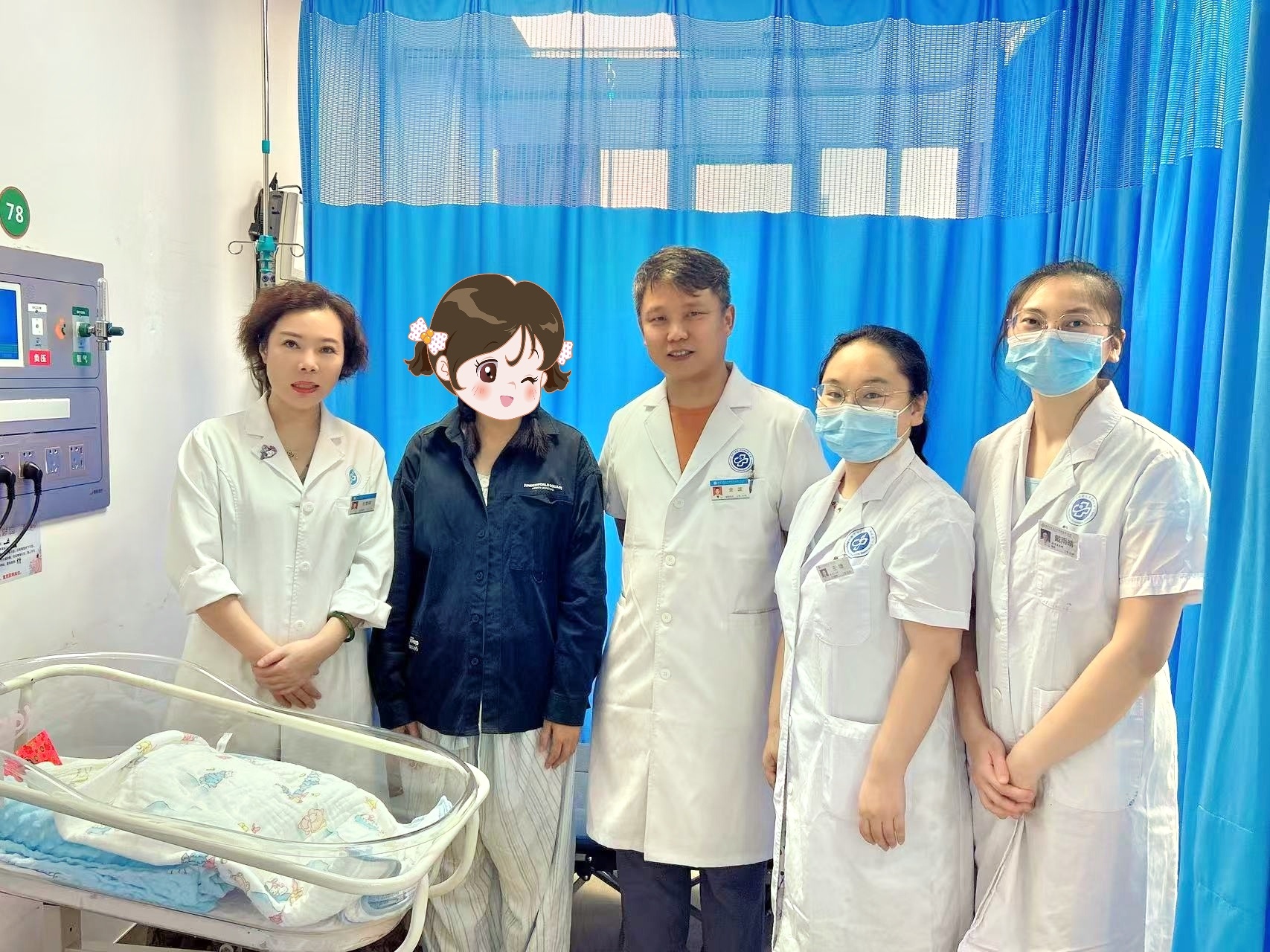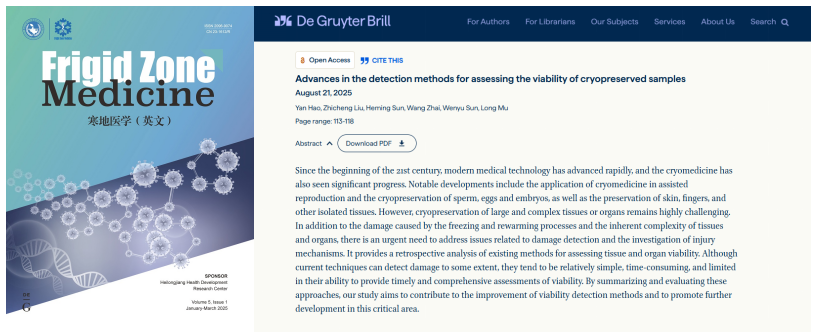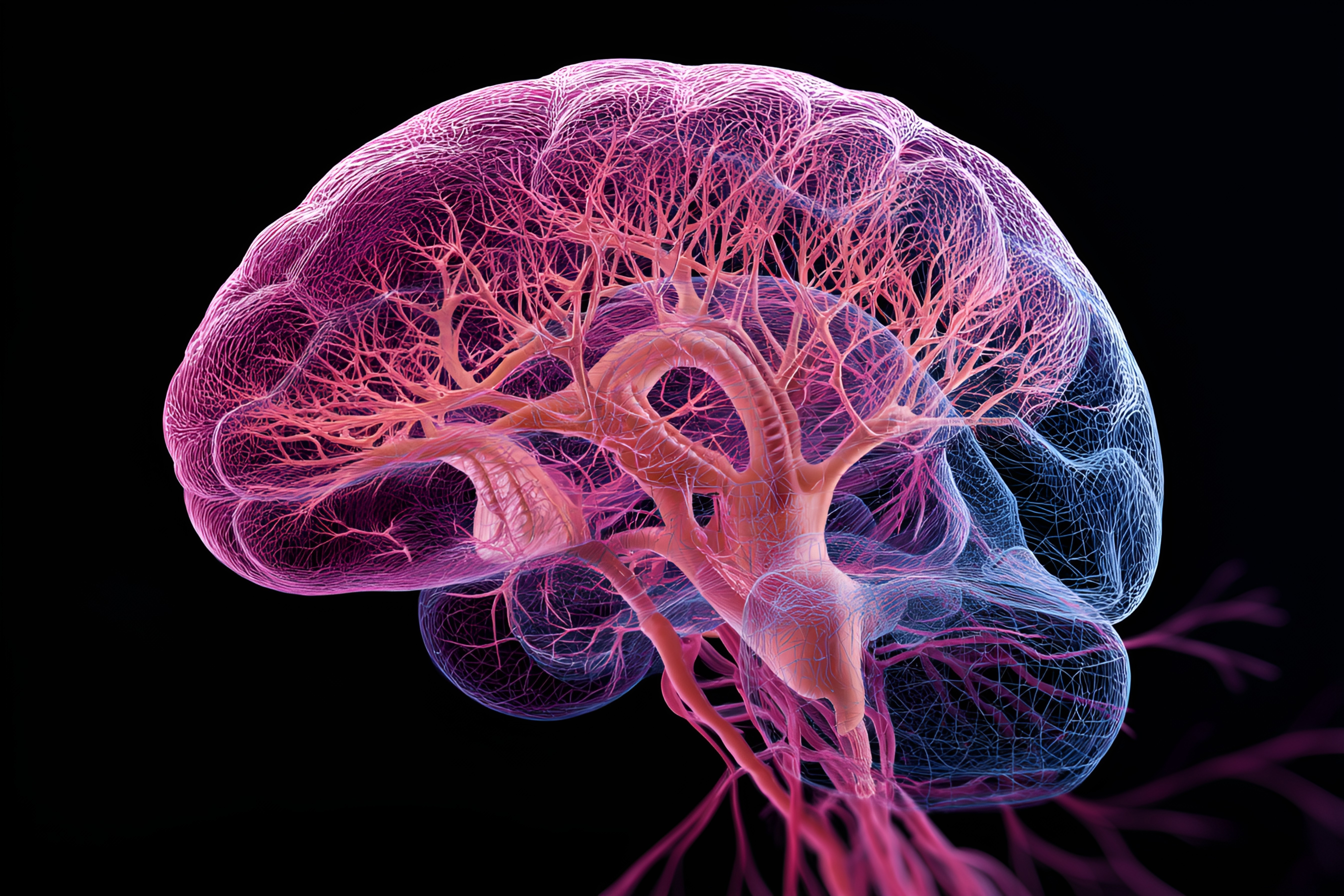A "Heart" Is Hard to Come By: Experts Call for Accelerating the Establishment of Medium- and Long-Distance Organ Transport Platforms
Release time:
2025-11-07
"Given the extreme shortage of suitable donor hearts at present, the loss rate of donor hearts is as high as 25% to 32%, which is one of the major factors limiting the number of heart transplants."
Professor Sun Wenyu, Chief Physician of the Department of Cardiac and Vascular Surgery at Qilu Hospital of Shandong University, stated this recently at the 14th National Academic Annual Conference on Cryobiology and Medical Devices. He noted that globally, donor hearts still face technical bottlenecks in low-temperature preservation and transportation.
Sun Wenyu explained to a reporter from China Business Journal that heart transplantation remains the only curative treatment for end-stage heart failure. However, the number of transplants performed worldwide falls far short of clinical demand, primarily due to a shortage of donors and limitations in preservation.

He suggested that, on one hand, efforts should be made to leverage the construction of national regional medical centers and the information database of the Red Cross Society's organ donation centers, drawing on mature international experience to improve regional collaboration and coordination mechanisms for organ donation. On the other hand, the establishment of specialized medium- and long-distance organ transport platforms should be accelerated to enhance the utilization rate of donor hearts.
Prominent Supply-Demand Imbalance
Heart failure is the only cardiac disease that has shown an increasing trend globally over the past decade. Sun Wenyu pointed out that in China, the burden of cardiovascular diseases continues to rise, with both incidence and mortality rates ranking first. Cardiovascular diseases account for approximately 40% of all disease-related deaths. Due to delays in emergency treatment, the proportion of potential heart failure patients in China is significantly higher than in Western countries.
Although artificial heart technology has continuously achieved breakthroughs, heart transplantation remains the only curative treatment for end-stage heart failure and is considered the definitive therapy.
According to Sun Wenyu, the surgical mortality rate in experienced transplant centers in China is currently below 5%, with one-year and three-year survival rates post-surgery exceeding 90% and 75%, respectively. Both short-term and long-term outcomes are superior to other treatment methods.
However, constrained by the shortage of donors and high loss rates, heart transplantation still struggles to meet demand globally. Data he provided show that approximately 5,000 heart transplants are performed annually in the United States, yet over 60,000 patients remain on the waiting list for donors, with the number increasing year by year. In China, 64 medical institutions performed 1,064 heart transplants in 2024, a 7% increase from 2023 and 3.8 times the number in 2015. Nevertheless, the supply-demand imbalance remains stark.
According to data from the National Health Commission's Human Tissue and Organ Transplantation and Medical Big Data Center, as of October 2024, 171,000 patients with organ failure were awaiting transplantation nationwide, among whom 3,316 were specifically waiting for hearts. Public information indicates that there are approximately 1 million patients with end-stage heart failure in China, with about 3 million new cases added annually. Among pediatric patients, there are approximately 40,000 children with heart failure each year, but only 70 to 80 undergo transplantation surgery.
Extreme Fragility of Donor Hearts
Donor hearts for transplantation primarily come from brain-dead patients and must meet a series of strict conditions, including age, absence of cardiac disease history, blood type compatibility, and lymphocyte matching.
"Preserving donor hearts is extremely challenging," Sun Wenyu explained. Once cardiogenic pulmonary edema occurs, the donor heart becomes unusable. Additionally, compared to donors of kidneys, livers, and lungs, hearts have a shorter preservation time. Exceeding the safe cold ischemia time renders the heart unsuitable for transplantation.
The so-called "cold ischemia time" refers to the interval from when the organ is removed and preserved at low temperatures until blood supply is restored after transplantation. The current common method involves static cold storage of the donor heart at 4°C (e.g., in UW or HTK solution), which slows cellular metabolism to delay ischemic injury. However, the preservation time typically does not exceed 4 to 6 hours.
Sun Wenyu stated that it is widely accepted in clinical practice that the maximum preservation time generally should not exceed 5 hours, with 3 to 4 hours considered the optimal range. Exceeding this limit leads to irreversible damage to myocardial cells and significantly increases the risk of postoperative complications.
"Establishing Medium- and Long-Distance Transport Platforms Is Key"
Extending the preservation time of donor hearts has become a critical link in expanding the scale of transplantation and improving surgical success rates.
Sun Wenyu pointed out that traditional 4°C cold storage does not fully suppress myocardial metabolism. In recent years, continuous mechanical perfusion preservation technology has emerged internationally. By continuously perfusing the isolated heart with oxygenated blood or preservation solution at low or normal temperatures, this technology maintains metabolic function, allowing preservation time to be extended to over 8 hours. However, this system is complex and has high maintenance costs, making widespread application difficult. Moreover, studies indicate that continuous low-temperature perfusion may exacerbate extracellular edema in myocardial cells, affecting transplantation outcomes.
"In a context of extreme donor scarcity, reducing the loss rate of donor hearts is crucial," Sun Wenyu emphasized.
He suggested that, on one hand, efforts should be made to leverage the construction of national regional medical centers and the information database of the Red Cross Society's organ donation centers, drawing on mature international experience to improve regional collaboration and coordination mechanisms for organ donation. On the other hand, a nationwide medium- and long-distance organ transport platform should be established as soon as possible. Utilizing transportation options such as high-speed rail, bullet trains, and helicopters, research and development should focus on creating portable low-temperature preservation and transport platforms suitable for long distances in line with national conditions.
Sun Wenyu told the reporter that China currently has specialized Organ Procurement Organizations (OPO) and human organ donation coordinators. However, specialized transport platforms, particularly long-distance low-temperature preservation equipment, are not yet mature. The country should increase research and development efforts in this area.
It is understood that as early as 2016, the former National Health and Family Planning Commission, the Ministry of Public Security, and four other departments established a green channel mechanism for the transportation of donated human organs. The "Regulations on Human Organ Donation and Transplantation" implemented in 2023 also explicitly called for the establishment of a green channel工作机制 to ensure efficient and smooth transport of human organs. Over the years, the green channel mechanism for transporting donated human organs has played a significant role in shortening organ transport time and ensuring patient safety.
Additionally, Sun Wenyu recommended strengthening the research and development of heart preservation solutions and devices for cooling and rewarming, aiming to extend the safe cold ischemia preservation period to 12 hours or even 24 hours, thereby providing more patients with surgical opportunities.
"If we can achieve a safe preservation time of 8 hours, heart transplantation could be more widely performed in China, allowing surgeons to prepare for surgeries more thoroughly," Sun Wenyu said.
Latest developments
According to the latest announcement from the International Society of Cryobiology, Professor Xu Yi from the School of Health Science and Engineering at the University of Shanghai for Science and Technology, and a member of the Yinfeng Cryomedicine Expert Committee, has been elected as a Board Governor of the Society for a three-year term (2026–2028). The election was conducted through a democratic vote by all members worldwide, with three new Board Governors elected. Professor Xu Yi is the only scholar from Asia elected to the Society’s Board of Governors this time and the third elected scholar from mainland China in the Society’s 60-year history.
The significance of life extension lies not only in technological breakthroughs but also in the shared belief of every individual who believes in "a better future." With faith as their torch, these fellow travelers join hands, pooling their strength to stride forward together. We firmly believe that as this steadfast support converges into a powerful force, it will propel the Yinfeng Life Extension Plan to gain broader attention, inject continuous momentum into the development of cryobiomedicine, and illuminate the next chapter of human civilization.
Over the two days, the symposium was not only a collision of ideas but also seeds sown to advance social progress in life culture. The Shandong Yinfeng Life Science Public Welfare Foundation will continue to use technology as wings and culture as roots, collaborating with all sectors of society to enhance the quality of life for the Chinese people and build a human-centered life care system.
According to recent announcements by the Jinan Municipal Bureau of Science and Technology, 11 outstanding achievements from Jinan have been included in the 2025 "Shandong Outstanding Achievements Report" project. Among them is the globally first-of-its-kind ovarian tissue dual-activation technology developed by Shandong Silver Med Life Science Research Institute (Jinan).
Recently, Frigid Zone Medicine, an authoritative international journal in the field of cryomedicine, published an important review titled "Advances in the Detection Methods for Assessing the Viability of Cryopreserved Samples". Written by the team of Yinfeng Cryomedical Research Center, the article systematically reviews and analyzes various detection techniques currently used to evaluate the viability of cryopreserved cells, tissues, and organs. It also proposes key directions from the perspectives of methodological integration and future instrument development, offering crucial theoretical support and practical guidance for the long - term cryopreservation of complex tissues and organs.












